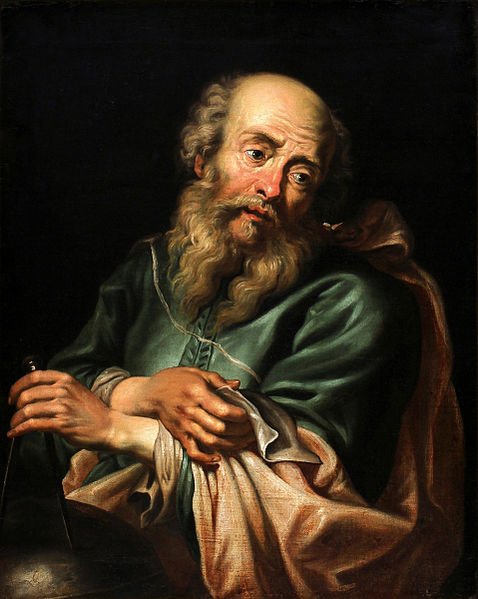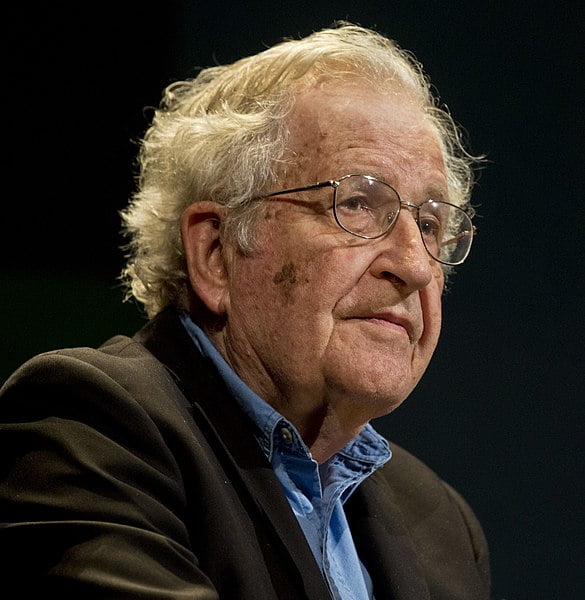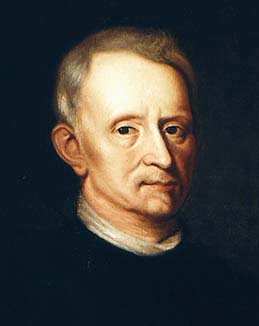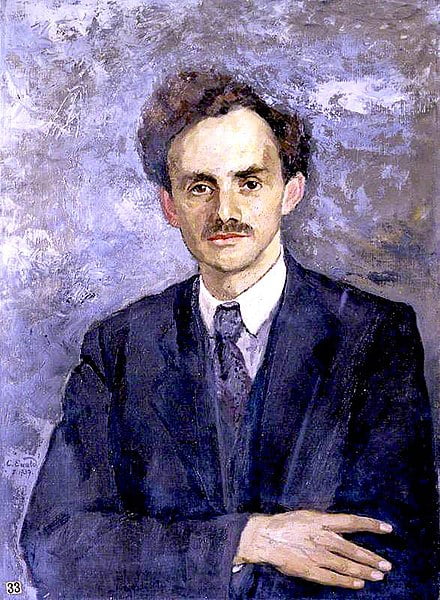| Name | Galileo Galilei |
| Full Name | Galileo di Vincenzo Bonaiuti de’ Galilei |
| Born | 15 February 1564, Pisa, Duchy of Florence |
| Died | 8 January 1642 (aged 77), Arcetri, Grand Duchy of Tuscany |
| Education | University of Pisa |
| Known For | Analytical dynamics, heliocentrism, kinematics, observational astronomy |
| Fields | Astronomy, physics, engineering, natural philosophy, mathematics |
| Institutions | University of Pisa, University of Padua |
| Patrons | Cosimo II de Medici, Federico Cesi, Ferdinando II de Medici, Fra Paolo Sarpi, Francesco Maria del Monte |
| Academic Advisors | Ostilio Ricci da Fermo |
| Notable Students | Benedetto Castelli, Mario Guiducci, Vincenzo Viviani |
| Major Achievements | Father of observational astronomy, modern-era classical physics, the scientific method, and modern science |
| Key Scientific Work | Studied speed and velocity, gravity and free fall, principle of relativity, inertia, projectile motion, properties of the pendulum, hydrostatic balances |
| Inventions | Military compasses, improved telescope, early microscope, thermoscope |
| Astronomical Observations | Milky Way stars, phases of Venus, four largest satellites of Jupiter, Saturn’s rings, lunar craters, sunspots |
| Major Publications | Dialogue Concerning the Two Chief World Systems (1632), Two New Sciences (1638) |
| Conflict with Church | Defended Copernican heliocentrism, investigated by Roman Inquisition, found “vehemently suspect of heresy,” forced to recant, spent life under house arrest |






